While the Leica M3 has a storied mythos associated with it, people tend to look at it more critically in comparison to other models when resolving to buy their first, and perhaps only, Leica M body. Buyers become discerning when it comes to parting with their own cash, and often eschew the M3 in favor of another model like the M6, M2, or M4, even when the alternative costs more.
I don’t fault people for having their own preferences. Every Leica M is wonderful in its own way. However, sometimes I believe people give the Leica M3 short shrift only later to regret it.
Let me be clear about my own biases. I have owned my share of Leica M’s, including two M3s, an M2, an early model M4, an M6J, and an M7. If I had to pick just one Leica M body to keep, it would be the M3.
I make no apologies for that. My bias toward the M3 is based on experience, not pretense. I tend to compare every Leica M against the Leica M3. Just after it came out, I tried the Leica M-A at the Leica flagship store in Ginza, Tokyo, hoping to be impressed by Leica’s latest homage to the M3. While a superlative camera, The M-A just did not have the same feel as the M3. The M3 feels like it has more heft. The M-A shutter release sounded and “felt” clunky by comparison to the M3. The M-A finder showed no improvements. I asked the sales person why Leica can’t produce a camera today to the same specs as the M3.
“Because if they did, they would have to sell it for ¥3 million!” That’s about $27,000.
So why do people forgo a camera despite such exacting build quality standards that can often be had for $800-$1000 plus a few hundred dollars for an overhaul? There is a pattern to the reasons I hear. I question their validity below in no particular order.
“I don’t like the film spool loading system!”
Is spool loading a bit fiddly? Yes. But frankly, the so-called “rapid loader” of other Leica M models is fiddly as well, just fiddly in a different way. Let’s face it. Neither film loading system is anywhere nearly as friendly as say that of a Nikon S2 or FE. Yet I can tell you from experience, owning and using Leica M cameras with both systems, that you become adept at both to the point where you no longer even think about it. Film loading does not matter.
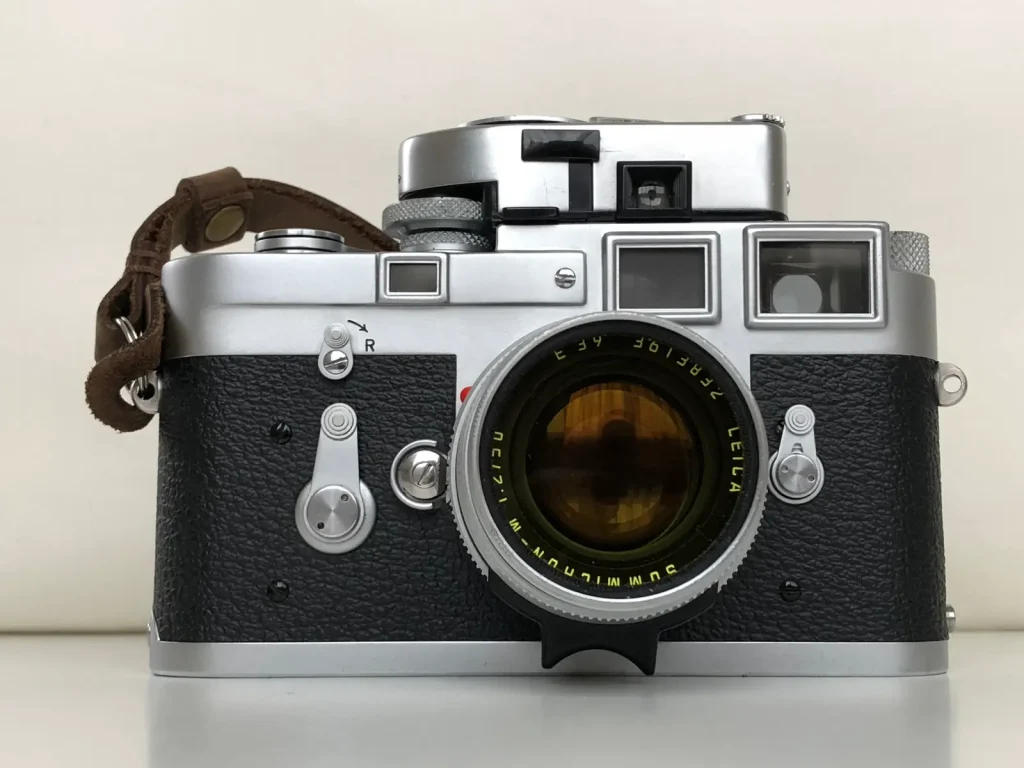
“I don’t like the rewind knob!”
My first experience with rewind knob was that of the M2, which is the same as the M3 as well as the MP, the M-A, and some M6 models. Winding was traumatic. It seemed to take forever to get to the end of the roll, and I did not know you could suffer muscle bonk in your fingers!
However, like the spool film loading system, you get adept at rewinding over time to the point to which you never even think about it. The slanted crank winders are a bit faster to be sure, but we are talking about seconds here. Also, I always feel a bit nervous using the crank on my M6 and M7. It seems so delicate, and I worry that with my ham fists I might accidentally break it.
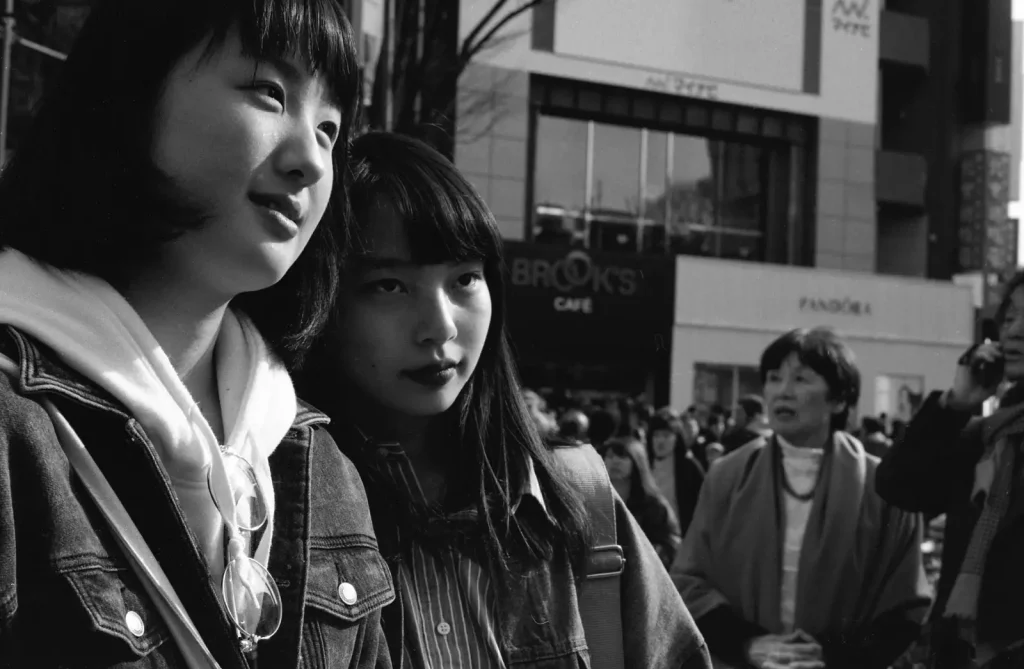
“I don’t like the 50mm frame finder!”
Yes, the M3’s finder goes no wider than 50mm. 50mm was the standard of the day. Here’s the thing though. When you shoot frequently using a 50mm frame, you get comfortable seeing the world and composing in 50mm. 50mm for a while became my focal length of choice. When I shot with a 35mm lens after shooting 50 for so long, the 35 seemed hopelessly wide. However, after persistent shooting, I got used to it too. I now feel comfortable shooting with any prime lens.
If you want to shoot 35 with a Leica M3 without having to resort to an external finder, you need to get one of the old 35mm lenses with mounted optics, or “goggles,” to convert the 50mm frame. There a few models of these that you can buy used, including the an f/2 Summicron, an f/1.4 Summilux, and both f/2.8 and f/3.5 Summaron lenses. All are excellent lenses, even by today’s standards.
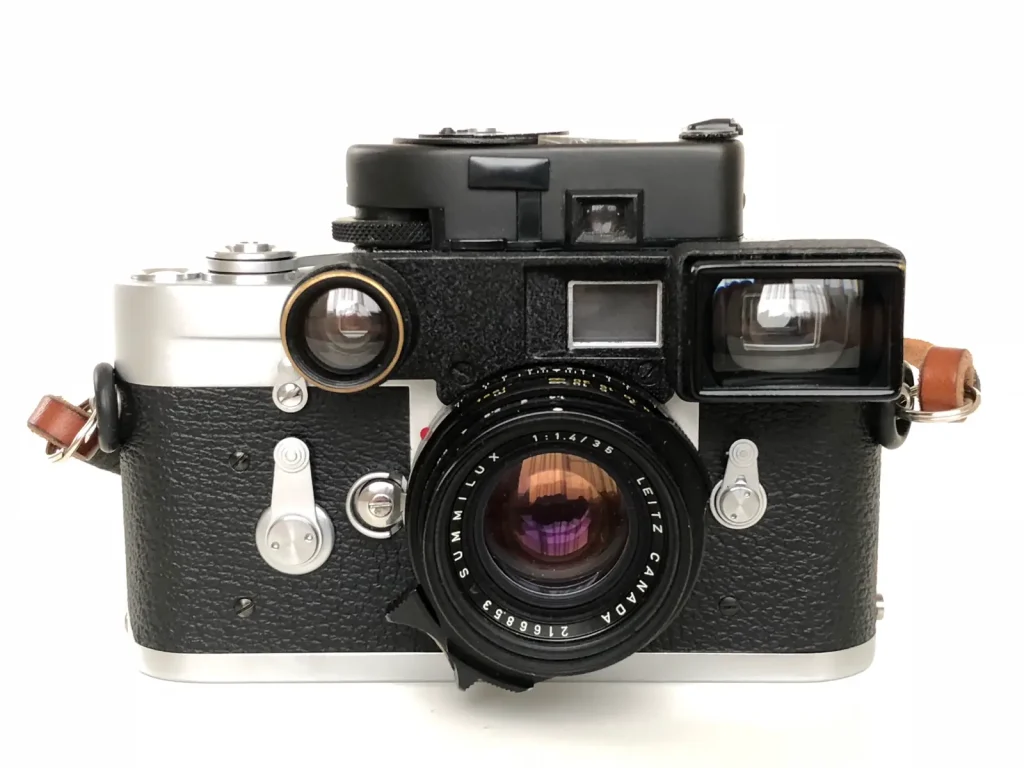
People complain about the goggles – that they add weight to the lens, and also that they create a distortion in the finder. Both Summicron and Summilux lenses with goggles weigh less respectively that their contemporary Leica progeny. The goggles do cause some finder distortion. However, I put up with it. I wear glasses. So even if I use a Leica with a 35mm frame, whether .72x or .85x, I cannot see the whole frame at the same time. In fact, I can fully view nothing wider than than a 50mm frame. So when I shoot with my Leica M6J, M7, or even my M240, all of which have 35mm frames, I use a made-for-the-M3 35mm with goggles. All the 35mm lenses with optics choose the 50mm frame on all Leica M models, and they work fine! The only exception might be the Leica M10, as added thickness of the lens mount bezel moves the mounted optics further away from the view finder windows, which I say based on a cursory test in a Leica shop.
I find that the Leica M3 finder gives me the best viewing experience of any Leica M, whether using a 35mm lens or not. The M3 finder is not prone to any of the flaring issues on the M2, M4, M6, and early M7s. I’m not sure about the M5, but I suspect it has the same issue with flaring. The M3 finder patch is larger and easier to see than on any other Leica model, making accurate focusing easier when shooting wide open. I have shot the f/0.95 Noctilux on my M3 with no problem nailing the focus. The M3 finder magnification is .91x, greater than any other Leica M. The .85x that you can get on some other Leica M models is a close second, but still does not compare.
Incidentally, the first Leica M body I bought was an M2, but I returned it a week later and bought an M3, even though the M3 cost more, just because the M3’s finder was so much better.
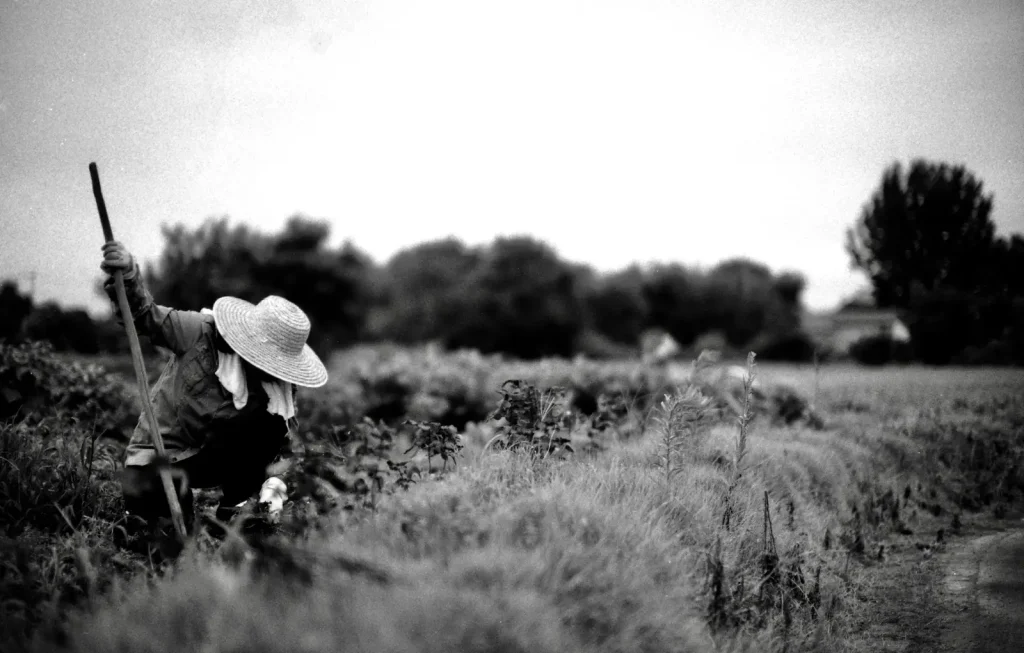
“I worry about the reliability of a camera that is over fifty-years-old!”
Build quality matters more than age. The M3s have extraordinary build quality that is unmatched by any subsequent M model. The M3s are eminently serviceable because of that quality, despite age.
Leica increasingly compromised build quality on every model after the M3 in a effort to cut cost, and it is apparent. Leica M6 top plates are prone to a bizarre bubbling over time. The M6 exposure counter stops functioning properly because of a plastic gear that wears out. I know this because the one on my M6J has. It is amazing how a part that costs less than one cent can end up requiring a repair service that costs hundreds of dollars to fix. I have also heard from people around Tokyo who repair Leicas that the electronic shutter speeds of the early M7s are beginning to fail, and those cameras are less than twenty years old! Despite build quality problems, both used M6s and M7s sell for much more than an M3, even an M3 in superb condition.
Count on having to have any M3 you buy overhauled. If you are not an expert on camera quality, I recommend you buy from somewhere reputable. I had Kanto Camera in Japan procure and overhaul my second M3 after a frustrating experience of buying and then returning ostensibly “overhauled” M3s at shops in Ginza. It cost a bit more to have a pro procure an M3 than buying off of eBay or from some random used shop, but it was worth it. Kanto’s QC is exacting and they warrantied the camera for me. I recommend Kanto Camera in Japan, and they do sell internationally. If you are worried about communication, I recommend buying from Bellamy Hunt of Japan Camera Hunter.
There are reputable people and shops all over the world. Ask around, and find one convenient for you. It costs more, but I have found that when you buy an M3 without knowing what you are doing, you end up paying more after discovering later that it needs service and repair. And then there is the aggravation of having to send your camera out for repair.
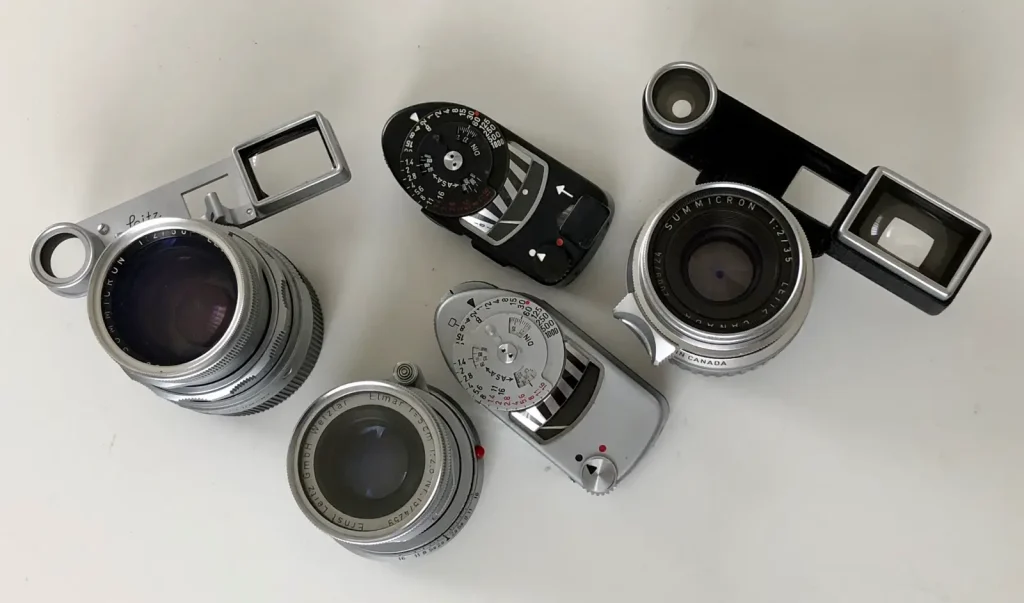
“I don’t like not having a through-the-lens light meter!”
Lacking a TTL light meter is less of a big deal than you might imagine. I attach a Leicameter MR-4 or MC to my M3, and it works brilliantly. I even shoot slide film with the M3 measuring only with a Leicameter, and always get the exposure right.
Some people don’t like the aesthetics of a Leica meter on top of the M3. I think the Leicameters are beautiful exemplars of industrial design, as is the M3 itself. My M3 with the Leicameter attached often turns heads of people who ask about my camera thinking it is some kind of new digital camera. The Leica M3 design, even with the Leicameter attached, is still fresh today.
For street photography, there is something to be said for being able to measure the light without having to raise the camera to your eye. In any case, you don’t really need a light meter at all if you are shooting monochrome or color negative film. I often just remove the Leicameter.
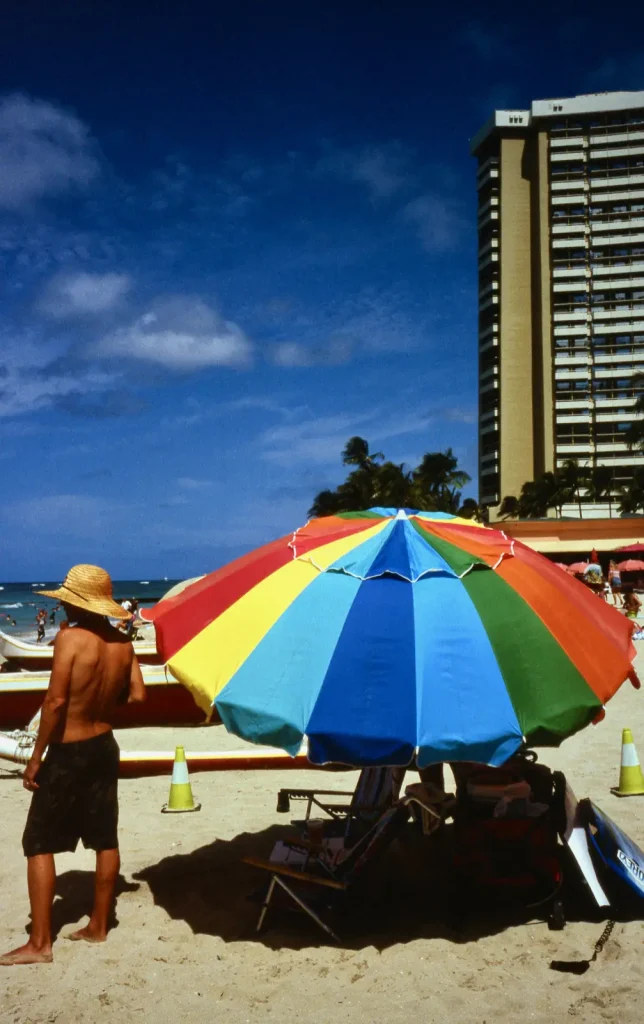

Conclusion
Don’t get me wrong. I am not writing this piece to spark a pointless debate about which M is the best camera. Who cares? To each his own. Instead, I want to provide a perspective so people can make a better decision for themselves, whatever that decision might be.
So reject the M3 if you must, but do so with eyes wide open. For those who would like to own a $27,000 camera, go buy an M3 for $800-$1000 and get it overhauled. Get one while you can. They are not making them anymore, and there will never be anything quite like the M3 again.
You can check out more of my work, including my Tokyo street photography, on Instagram at https://www.instagram.com/sbleistein/
Find Hamish’s review of the Leica M3 here, and his review of the M3 DS here
Share this post:
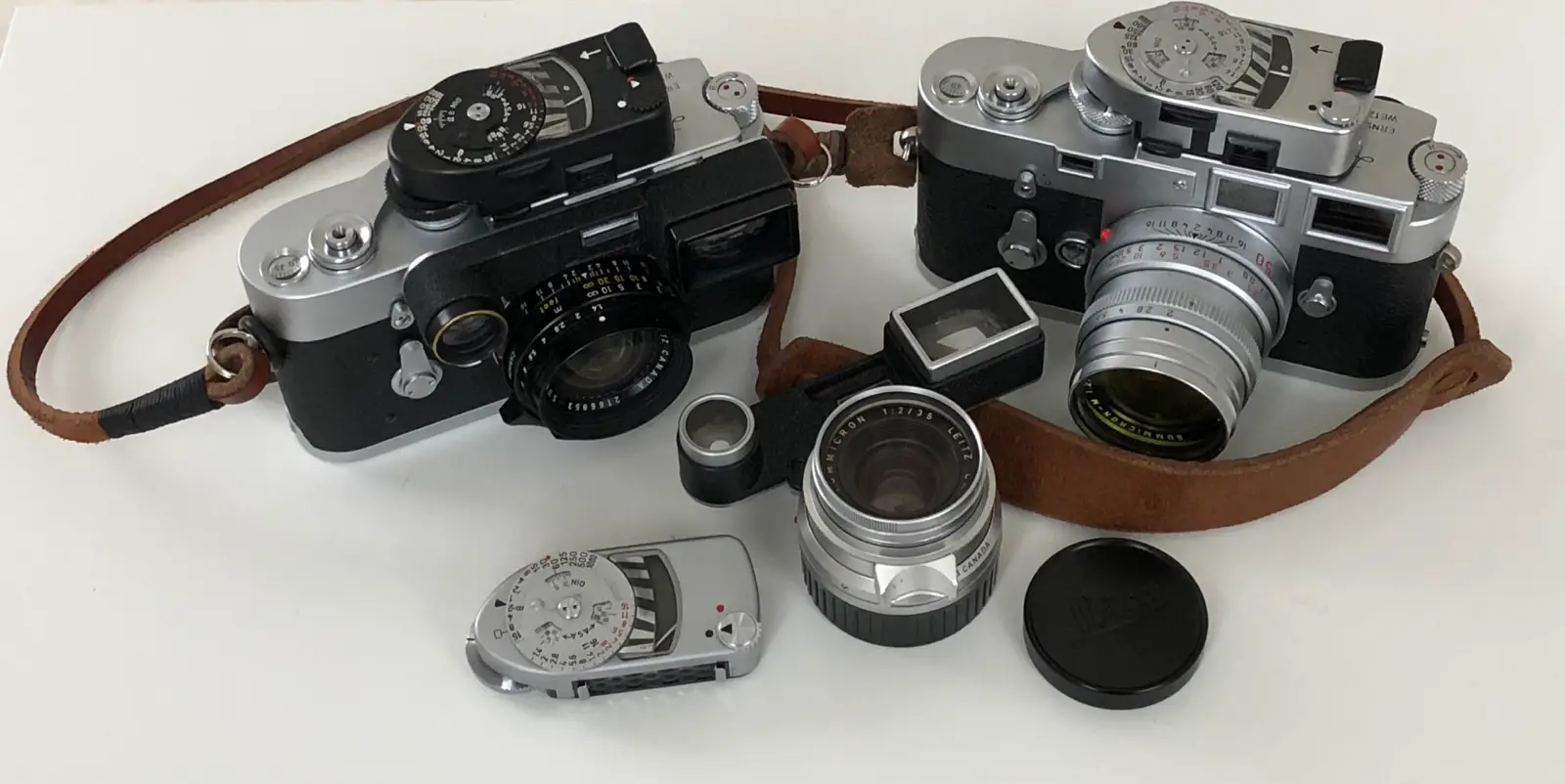








Comments
Joe Schmoe on Leica M3 – The Virtues of the First M – by Steven Bleistein
Comment posted: 30/09/2018
Comment posted: 30/09/2018
Comment posted: 30/09/2018
Comment posted: 30/09/2018
Ashley Carr on Leica M3 – The Virtues of the First M – by Steven Bleistein
Comment posted: 30/09/2018
When I looked at purchasing my first M it was a tough decision between the M2 and M3. The M2 won out in the end, the main reason being I wanted the 35mm framelines as I didn’t want to be tied to a goggled Leica lens, even though 50mm is my most used focal length.
After a few years with the M2 I’m looking for to add an M3 purely for the ease of using a 90mm which I’ve started to use more and more.
I’m not a huge fan of the bevels around the M3’s windows as it looks a touch too ornate for my liking, especially compared to the clean design of the M2.
I’m a big fan of the removal spool as I know that when the film is inserted there’s never any doubt it’s been taken up. Also a fan of the rewind. I hear people gripe about this a lot and I’m at a total loss with what they plan to do with the extra 3 seconds they may gain from the later rewind?!?
I better move quick though. 3 years ago I was seeing good condition M3’s for £400-500...not anymore!!
Comment posted: 30/09/2018
Johnny Martyr on Leica M3 – The Virtues of the First M – by Steven Bleistein
Comment posted: 30/09/2018
Comment posted: 30/09/2018
Comment posted: 30/09/2018
Kodachromeguy on Leica M3 – The Virtues of the First M – by Steven Bleistein
Comment posted: 30/09/2018
https://worldofdecay.blogspot.com/2014/08/photographing-decay-with-leica-camera.html
Comment posted: 30/09/2018
Daniel Castelli on Leica M3 – The Virtues of the First M – by Steven Bleistein
Comment posted: 30/09/2018
I use the Voigtlander VC ll on my m2, and this trick for the take-up spool: buy a spare spool and pre load a roll of film. It’s fast to reload.
Comment posted: 30/09/2018
Comment posted: 30/09/2018
Dominique Pierre-Nina on Leica M3 – The Virtues of the First M – by Steven Bleistein
Comment posted: 01/10/2018
Thanks,
Dominique.
Comment posted: 01/10/2018
Daniel Fjäll on Leica M3 – The Virtues of the First M – by Steven Bleistein
Comment posted: 01/10/2018
Comment posted: 01/10/2018
Comment posted: 01/10/2018
Comment posted: 01/10/2018
Comment posted: 01/10/2018
Comment posted: 01/10/2018
Comment posted: 01/10/2018
Misha Kulyk on Leica M3 – The Virtues of the First M – by Steven Bleistein
Comment posted: 01/10/2018
Rod Andrewartha on Leica M3 – The Virtues of the First M – by Steven Bleistein
Comment posted: 05/10/2018
Mates since.
Have learnt a lot about the M3 from Steve since. He knows his stuff when it comes to this camera and the article is a great summary of why M3 owners love their cameras.
Robert on Leica M3 – The Virtues of the First M – by Steven Bleistein
Comment posted: 06/10/2018
Flavio Colker on Leica M3 – The Virtues of the First M – by Steven Bleistein
Comment posted: 28/11/2018
Too bad film was phased out by digital. The wet lab is so soothing. Immersing a few hours doing big prints from good negatives is so rewarding.
Comment posted: 28/11/2018
David Murray on Leica M3 – The Virtues of the First M – by Steven Bleistein
Comment posted: 01/03/2019
Comment posted: 01/03/2019
David Murray on Leica M3 – The Virtues of the First M – by Steven Bleistein
Comment posted: 02/03/2019
Extensive experience of using the M3 cameras with handheld meters came in very useful with this old reflex. I got the Schneider Kreuznach P A Curtagon 35mm f4 'shift' lens for it. As my inbuilt meter does not work, the 'cams' issue does not affect me. It is interesting to see the immense build quality of the M3/2/1 (and later MD) carried over to an SLR. I suffer from G.A.S and now have 3 SL bodies (1 black) and a Leica R-E for the luxury of ae. I have also bought 35/2.8, 50/2, 90/2.8, 135/2.8, 180/2.8, 250/4. My God! The build quality of these lenses. The last two weigh a ton and have tripod mounts on them. The 250 could kill a mugger with one well-aimed blow! So why have I "splashed the cash"? Once I saw what they were like, and realised that people were snapping them up to use with Chinese-made adapters on digital cameras, I hastened to buy before prices rocketed. I greatly enjoy all my gear.
ATWI80C 6: Copenhagen on a Leica M3 - Kosmo Foto on Leica M3 – The Virtues of the First M – by Steven Bleistein
Comment posted: 22/09/2019
David Collyer: Photographs from inside one hospital's battle against a pandemic - Kosmo Foto on Leica M3 – The Virtues of the First M – by Steven Bleistein
Comment posted: 02/05/2020
40 Year Old Black and White Film: experiments with three German Film Stocks (and a 1955 Leica M3) - By Daniel Sigg - 35mmc on Leica M3 – The Virtues of the First M – by Steven Bleistein
Comment posted: 11/05/2020
Mike Myers on Leica M3 – The Virtues of the First M – by Steven Bleistein
Comment posted: 22/08/2021
The more I used the M3, the more I looked around for a newer replacement, eventually sort of settling on the Leica M-A, which apparently is sold out all over, so I'm on a waiting list. Now I'm not so sure - for the reasons you identify, I suspect I might be going backwards if I switch from M3 to M-A. The more I use the M3, the more I enjoy it.
I'm not sure I can put away my M10 and start using the M3 instead. The M10 is digital, and my work with the M3 involves scanning the images so I can work on them on my computer. I think the M10, all things considered, is "better" for me, but the sheer pleasure of using the camera has the M3 at the head of the line. The viewfinder is "the best". I'm searching for a good, clean, affordable, 35mm lens with goggles. I'm not sure I need it, but my eyes have gotten used to a 35mm format, and the 50mm lens seems "restricting" to me, which was never a problem when I started out in photography in the 1950's. I accept that the "problem" is me, not the gear, and as I continue to use the camera, I'll get back to my old way of seeing things....
Thank you for a wonderful article. I thoroughly enjoyed it. You put a smile on my face. :-)
Comment posted: 22/08/2021